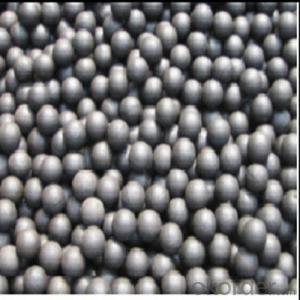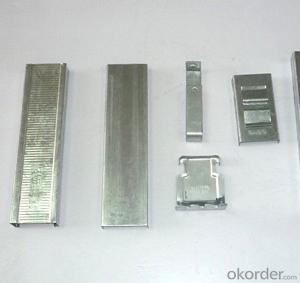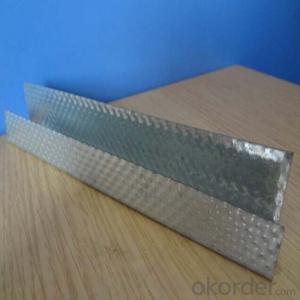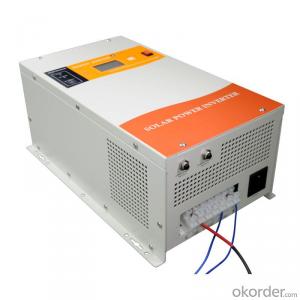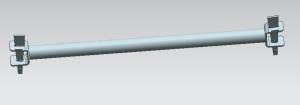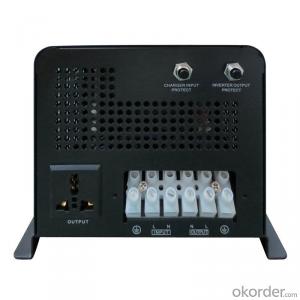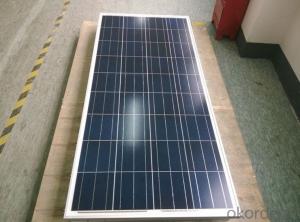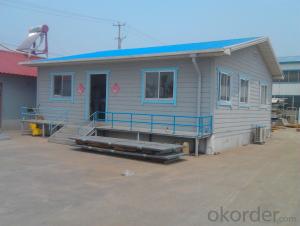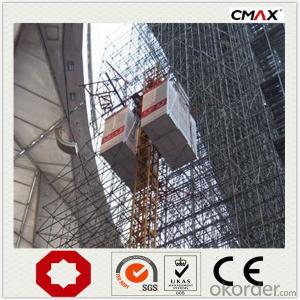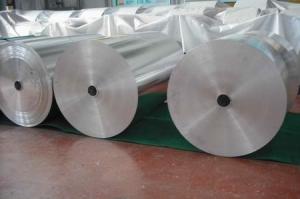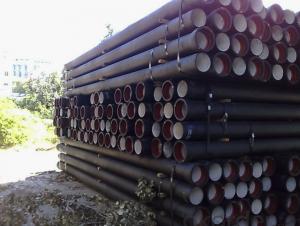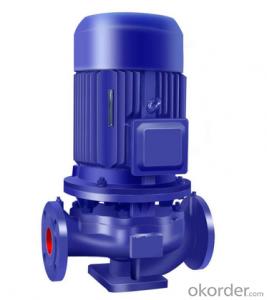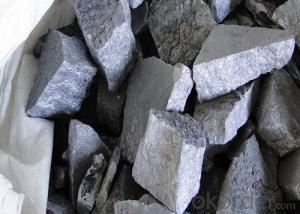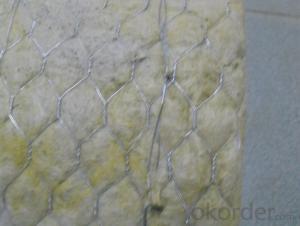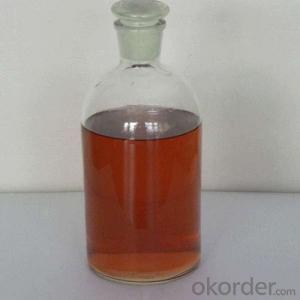Inverter In South Africa
Inverter In South Africa Related Searches
Surface Grinding Wheels For Hardened Steel Grinding Wheels For Steel Grinding Wheels For Metal Waterproofing Additive For Cement Render 3/8 In Stainless Steel Tubing Stainless Steel Drop In Anchors Scratches In Stainless Steel Purpose Of Inverter In Solar Best Solar Cells In The World Best All In One Solar InverterHot Searches
Steel Mesh Panels For Sale Price For Stainless Steel Scrap Scrap Price For Stainless Steel Cheap High Tea Sets For Sale Stainless Steel Tanks For Sale High Density Fiberboard For Sale Solar Hot Water Collectors For Sale Scaffolding For Sale In Uae Scaffolding For Sale In Ireland Scaffolding For Sale In Houston Type Of Inverter For Solar Price Of Shipping Containers For Sale Stock Price For Aluminum Used Solar Inverter For Sale Portable Led Signs For Sale Stone Hot Water Bottles For Sale Large Led Screens For Sale Used Aluminum Scaffolding For Sale 1/4 Aluminum Plate For Sale Scaffolding For Sale In UaeInverter In South Africa Supplier & Manufacturer from China
Okorder.com is a professional Inverter In South Africa supplier & manufacturer, offers integrated one-stop services including real-time quoting and online cargo tracking. We are funded by CNBM Group, a Fortune 500 enterprise and the largest Inverter In South Africa firm in China.Hot Products
FAQ
- A solar inverter protects against short circuits by continuously monitoring the electrical current flowing through the system. It has built-in protective measures such as fuses, circuit breakers, or electronic switches that automatically disconnect the power supply in case of a short circuit. This prevents excessive current from damaging the solar panels, the inverter, or any connected electrical equipment.
- Yes, a solar inverter can be used with different types of energy storage systems. Solar inverters are typically designed to convert the direct current (DC) generated by solar panels into alternating current (AC) that can be used to power household appliances and other electrical devices. They can be integrated with various energy storage technologies such as batteries, supercapacitors, and flywheels to store excess energy generated by the solar panels for later use. The compatibility between the solar inverter and the energy storage system may depend on factors such as voltage requirements, capacity, and communication protocols.
- A solar inverter handles voltage fluctuations from the grid by continuously monitoring the incoming voltage. When fluctuations occur, the inverter adjusts its internal components to maintain a stable output voltage. It does this by regulating the power conversion process, either by decreasing or increasing the output voltage as necessary. This ensures that the solar energy generated by the panels remains at a consistent level, regardless of the voltage fluctuations from the grid.
- The role of power ramp rate control in a solar inverter is to regulate the rate at which the power output of the solar panels increases or decreases. This control feature helps to ensure a smooth and gradual transition in power generation, thereby preventing sudden fluctuations and potential grid instability. By managing the rate at which power is introduced to the grid, power ramp rate control helps to maintain the stability and reliability of the overall electrical system.
- A solar inverter handles voltage dip and interruption by continuously monitoring the electricity supply from the solar panels. In the event of a voltage dip or interruption, the inverter immediately adjusts its output voltage to match the required level, thereby stabilizing the power supply to connected devices. Additionally, some advanced solar inverters are equipped with built-in energy storage systems, such as batteries, which seamlessly take over during voltage dips or interruptions, ensuring uninterrupted power supply.
- The role of Maximum Power Point Tracking (MPPT) in a solar inverter is to optimize the efficiency and output of the solar panels by continuously tracking and adjusting the operating point to the maximum power point. This ensures that the solar panels are operating at their highest possible power output, regardless of changes in environmental conditions. MPPT technology maximizes the utilization of solar energy and improves the overall performance of the solar inverter system.
- A solar inverter handles reactive power compensation by utilizing reactive power control techniques. It can dynamically regulate the amount of reactive power injected into or absorbed from the electrical grid. This helps maintain the power factor at the desired level, improving system efficiency and reducing grid instability caused by reactive power fluctuations.


